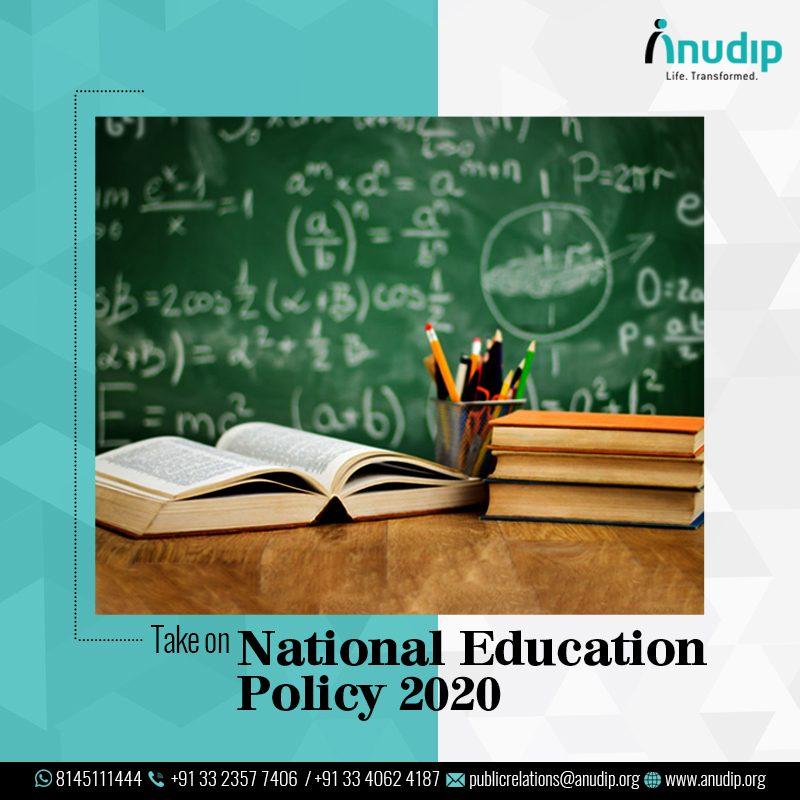
The National Education Policy (NPE) was introduced in the year 2020 and seeks to replace the 34-year-old National Policy on Education framed in 1986. The new policy came about arguably at the right time as a lot of things have changed and new challenges cropped up since 1986. It aims at creating quality institutions with global standing, bring in a culture of innovation, and produce a skilled workforce that can align with the requirement of today’s jobs. Among the many takeaways of the NPE are conducting board examinations with low stakes, multiple entry and exit options to pursue degree courses, and a single regulator to oversee higher educational institutions, among others. The NPE aims at transforming the paradigm of education in India and bring it at par with global standards.
Why the National Policy for Education introduced?
The reasons why NPE was envisioned in the first place are mentioned below:
Key takeaways from the National Education Policy, 2020
The NPE has diverged from the previous policy in quite a few areas and seeks to address the challenges such as the need for skill development training, high dropout rate, examination related stress, etc. The key takeaways are mentioned below:
Mother tongue to be the medium of instruction: The NPE focuses on using the mother tongue as the primary medium of instruction at least till grade 5 in both public and private schools. Even for students in grade 8 and beyond, the policy insists on giving preference to mother tongue/local language/regional language.
Education to begin from the age of 3: If earlier, the age group for mandatory schooling was from 6 to 14 years, the NPE expands it from 3 to 18 years. The existing 10+2 structure of schooling to be replaced by a 5+3+3+4 structure corresponding to the age groups of 3 to 8, 8 to 11, 11 to 14, and 14 to 18 respectively.
A single body to oversee higher education: There will be a single entity to be set up by the Higher Education Commission of India to oversee the functioning of the entire higher education infrastructure except for medical and legal education. The policy aims to grant graded autonomy to colleges and phase out the affiliation of colleges over a period of 15 years. The single body will apply similar norms for accreditation, regulation, and academic standards to both public and private educational institutions.
No rigid separation between subjects: Students can choose from a set of subjects across streams to study as opposed to the present system where they are forced to choose a select group of subjects in a particular stream only. Vocational education will be introduced from class 6 onwards and will have internships as well. This is likely to be of help in forwarding the cause of skill development training.
Conclusion
The NPE seems to incorporate a lot of flexibility in allowing students the choice to select subjects, enter or exit the education system, and develop skills. A single entity to oversee higher education is expected to be more structured and efficient. It seeks to address the social and gender gap and focus on the quality of teaching rather than the insistence on rote learning. Although the finer points earmarked in the NPE, 2020 are relevant, timely, and crucial to address the ills that plague our present-day education, it is the actual implementation that will decide its outcome in the years to come.